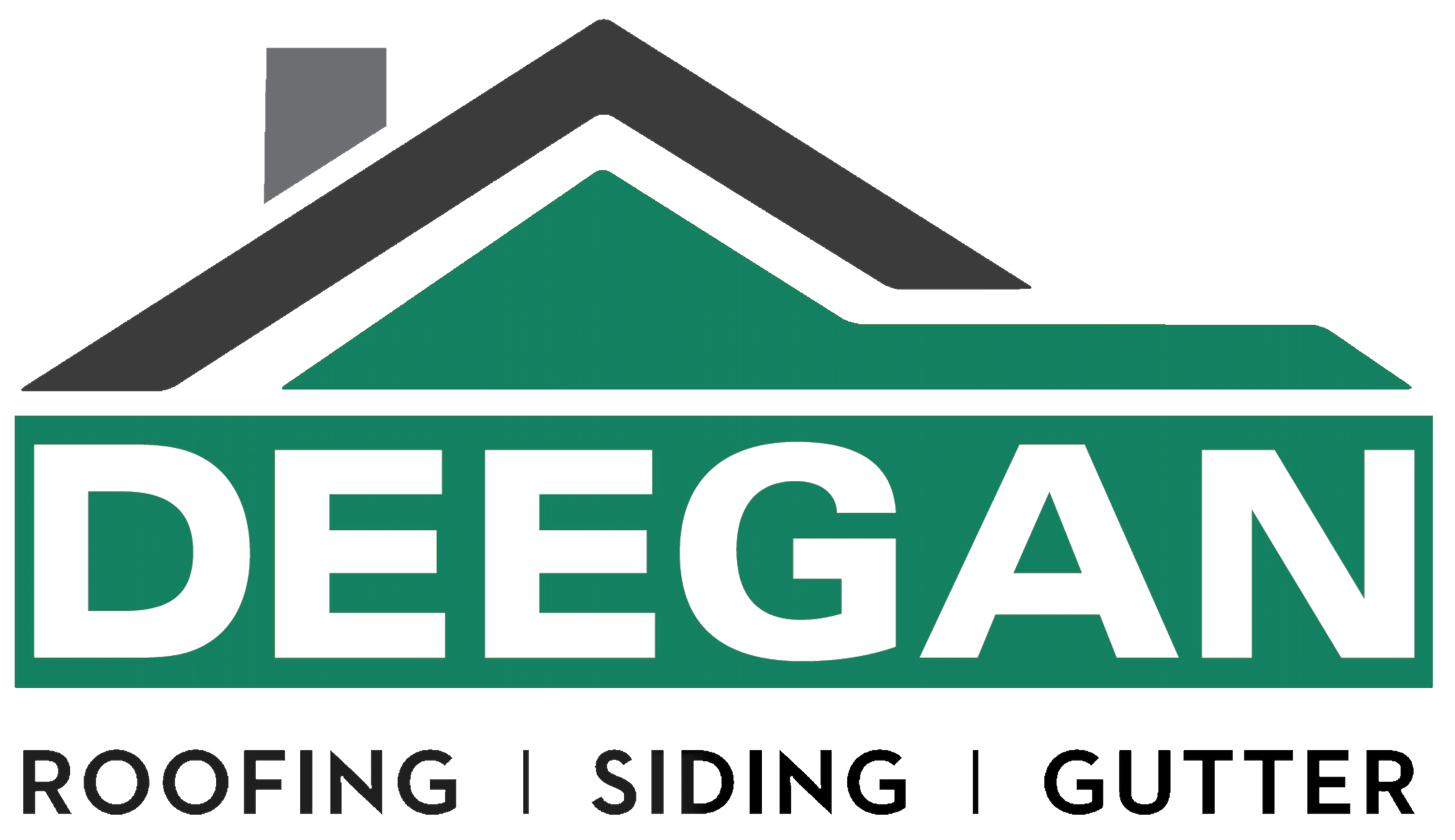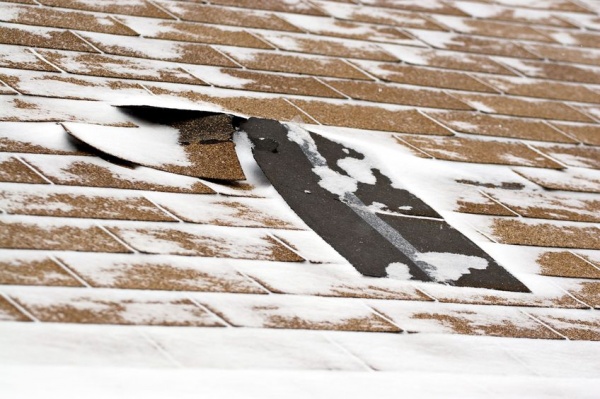Modern roofing materials are designed to be especially resilient and resistant to harsh environmental conditions. Unfortunately, however, no roof is completely impervious to damage. If left unchecked, extreme weather events can damage your roof and leave your home vulnerable to leaks and water damage. By being mindful of the potential hazards that face your roof, you can identify problem areas quickly and repair minor damage before it causes bigger problems inside your home.
Wind
While an average windy day isn’t likely to damage your roof, intense gusts can cause shingles to lift, curl and even tear off completely in some cases. Following a heavy windstorm, do a visual check of your roof to find places where shingles might have been damaged by flying debris. Roofs with steep slopes and aging shingles are most likely to be affected by wind damage. If you notice any shingles missing after a wind storm, have them replaced as quickly as possible. This is an easy fix to make, and it can protect your home from leaks in the future.
UV Rays
Over a period of many years, the sun’s harsh UV rays can cause shingles – particularly inexpensive asphalt shingles—to crack, blister, and come loose from your roof. This type of damage is most likely to affect roofs when they reach the end of their expected lifespans. If you know your roof is getting old, keep an eye out for signs of sun damage such as discoloration and buckling shingles.
Tree Limbs
Overhanging tree limbs can make ordinary storms more dangerous for your roof. When wind and rain cause brittle tree limbs to crack and fall on the roof, it can leave impact damage that compromises the integrity of its shingles. Likewise, it’s a good idea to trim back branches in the spring and fall so that they don’t pose an immediate threat to your roof.
Snow and Ice
In a recent blog entry, we discussed the dangers that ice dams pose to roofs during the winter. When roofs aren’t properly insulated and ventilated, it can cause hot spots to develop where snow melts and then refreezes into thick sheets of ice. These ice dams can not only damage the surface of your roof, but its gutter systems as well. If you’ve had trouble with ice dams in the past, consider improving the ventilation and insulation of your roof sooner rather than later.
At Deegan Roofing, we can inspect your roof for damage, make repairs and provide suggestions for future improvements. Get your free estimate online, or give us a call today to learn more.

